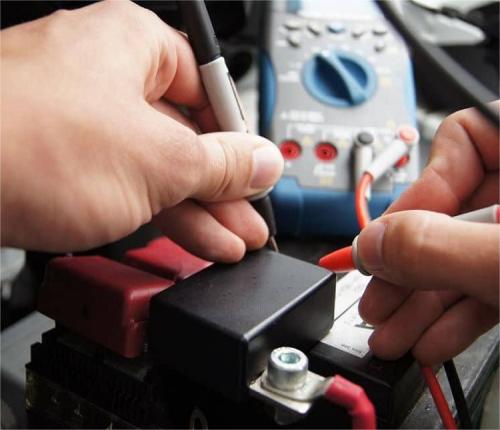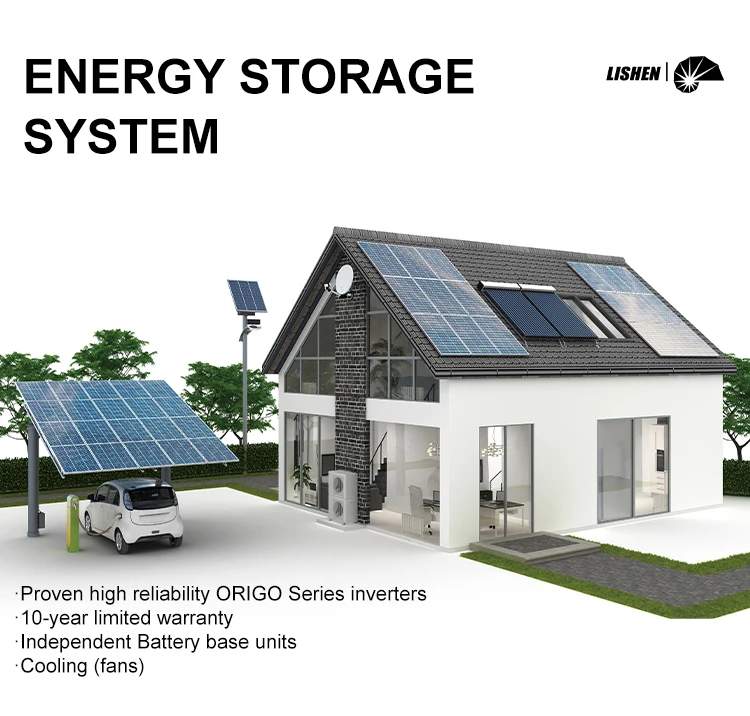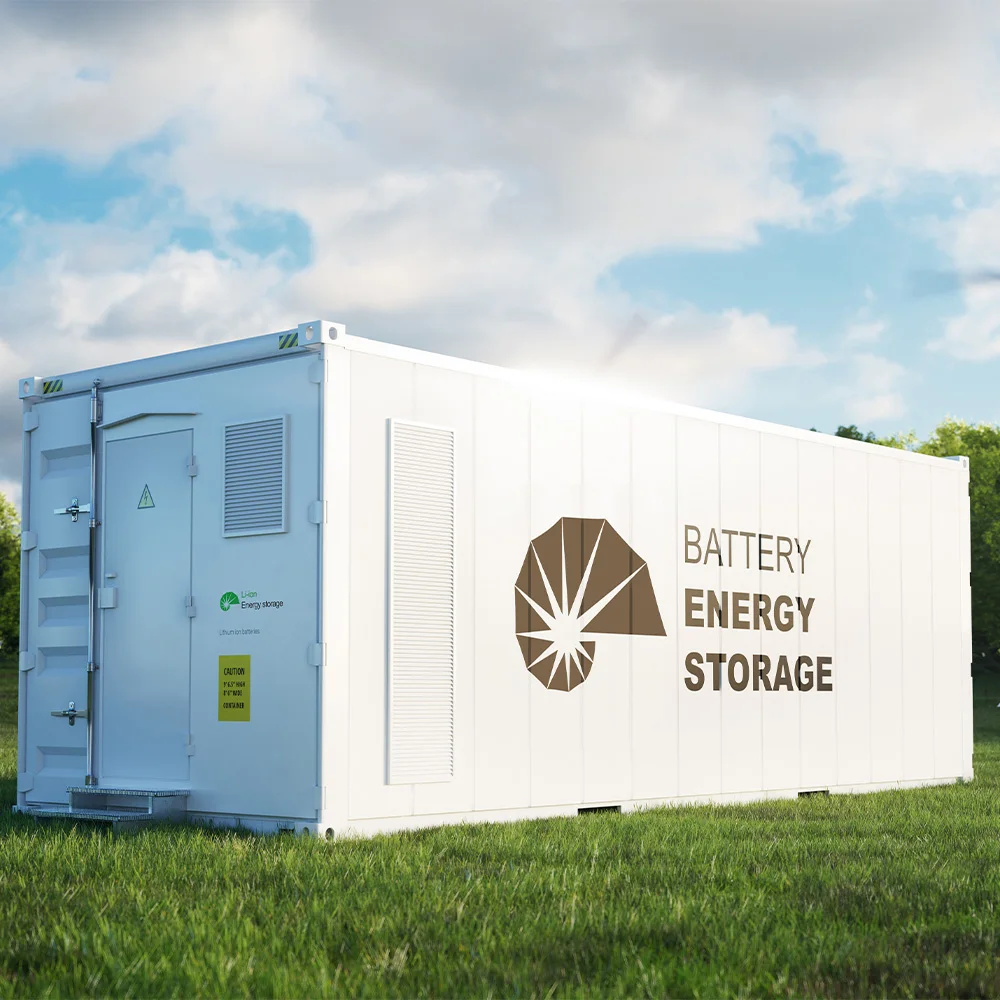Lithium-Ion Battery Care Guide
First of all, let me give you a brief conclusion: charging or discharging at low temperature has irreversible effects on batteries, causing capacity drop and serious safety hazards. Long-term storage at ultra-low temperature (-20oC) also causes irreversible damage to the battery, reducing its capacity.
1. Charging and discharging process of lithium-ion batteries at low temperatures
The positive electrode of lithium-ion batteries is generally ternary (NCM), lithium iron phosphate (LFP) and lithium cobalt oxide (LCO), and the negative electrode is graphite (Gr). When charging, lithium ions come out of the positive electrode lattice through the electrolyte diaphragm to the negative electrode and embed in the graphite interlayer. When discharging, it can be understood as coming out from the graphite negative electrode interlayer and returning to the positive electrode lattice.
When the temperature is low, the mobility of molecules decreases, and the entire reaction speed and material transfer process will slow down, so the most obvious slowdown in the battery is the transfer of lithium ions/lithium atoms between the graphite (cathode) layer and the positive lattice. Therefore, a large amount of lithium accumulates at the interface between the electrode and the electrolyte. When charging, lithium ions cannot squeeze into the graphite layer, and will directly get electrons on the surface of the negative electrode, turning into lithium metal and accumulating into lithium dendrites. When discharging, lithium ions are squeezed on the surface of the anode lattice, which can easily cause the anode to break.
2. Low-temperature charging leads to lithium precipitation, causing serious safety hazards
When charging a normal battery, lithium ions enter the graphite layer in an orderly manner and intercalation reactions occur. However, when charging at low temperatures, when lithium ions are not squeezed into the graphite layer, they will directly get electrons on the surface of the negative electrode, turning into metallic lithium, and becoming a conversion reaction (the reaction potential is lower than the intercalation reaction, which can be understood as more difficult to occur, but the intercalation reaction material is difficult to diffuse, making it easy to undergo a conversion reaction at low temperatures), accumulating into lithium dendrites.
We all learned junior high school chemistry that lithium metal is very active and can react immediately with the electrolyte. The generated substances are irreversible, resulting in capacity loss. In addition, the continued growth of lithium metal can easily pierce the diaphragm and connect to the anode, causing internal short circuits and serious safety accidents.
3. Low-temperature discharge induces positive electrode particle rupture
During low-temperature discharge, lithium ions squeeze on the surface of the positive electrode lattice, which easily causes the rupture of the positive electrode active particles. On the one hand, it leads to the loss of positive electrode active materials and capacity loss. In addition, the precipitation of transition metal elements in the positive electrode will migrate to the surface of the negative electrode and transform into metal particles, inducing the occurrence of lithium deposition.
4. Low-temperature placement reduces battery capacity
Recently, researchers have found that the battery is only placed at low temperature for 48 hours, and then continues to stand at room temperature, and then the capacity is tested. It is found that the battery that has been standing for a long time at low temperature will lose 3.2% of its capacity when charged and discharged at a small rate (slow charging), but the capacity loss is 6% when charged and discharged at a large rate (fast charging).
The reasons for the capacity loss caused by low-temperature placement are: 1) Low temperature exacerbates the rupture of the positive electrode. 2) Low temperature may cause the rotation of the positive electrode particles, so that it is separated from the binder and loses electrochemical activity.
5. Battery heating strategy
At present, both energy storage power stations and batteries in electric vehicles have battery heating strategies. For example, energy storage power stations are usually heated by air conditioners or heat pumps. The battery room of electric vehicles usually has heating plates and overall insulation measures. In August this year, a domestic automobile company released a high-frequency pulse heating method. This method has some disadvantages to a certain extent, so now electric vehicles in the north are facing the phenomenon of mileage diving in winter.







